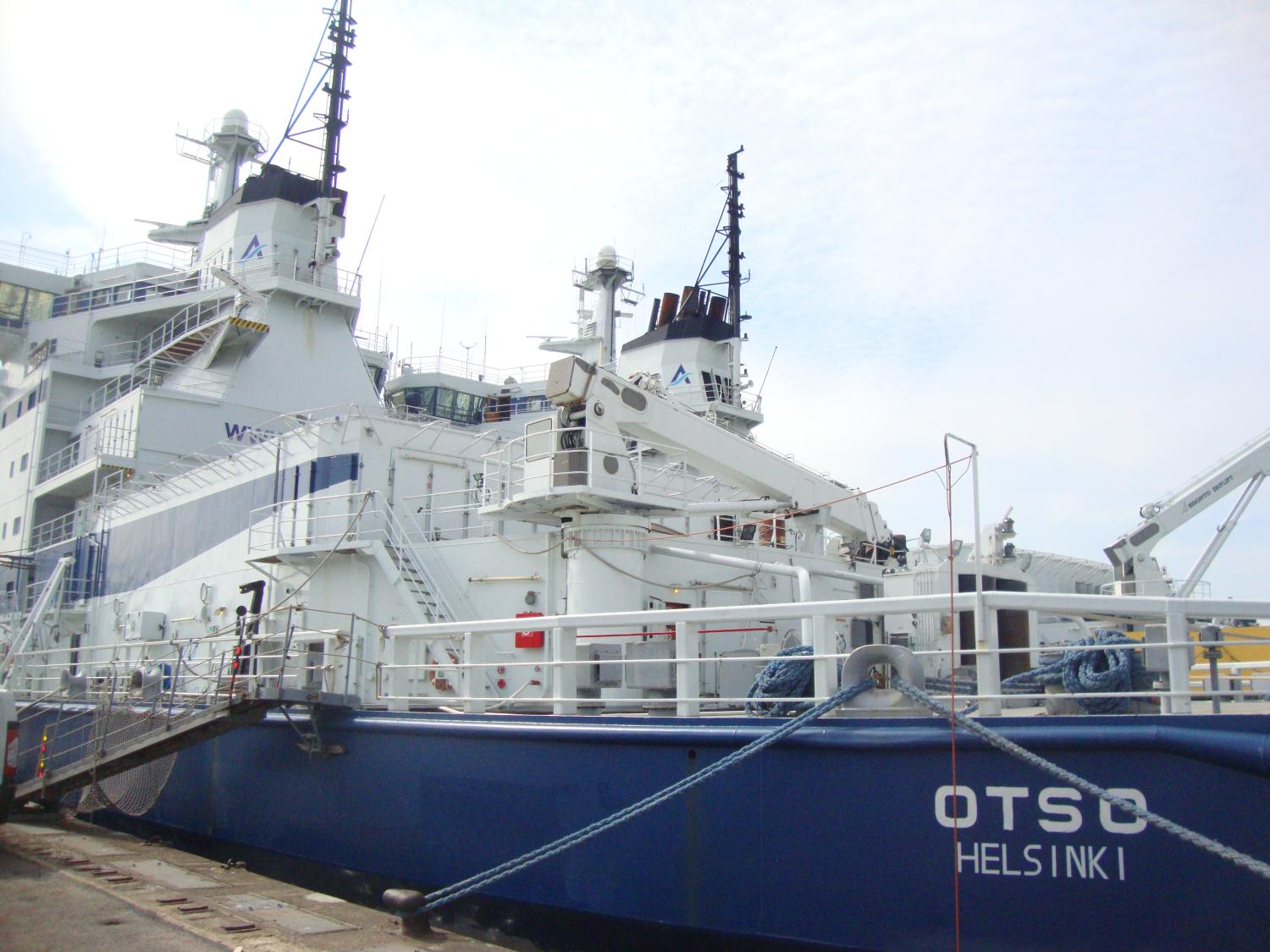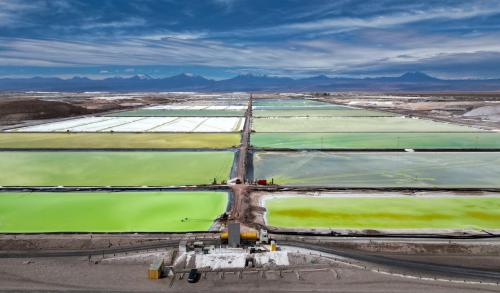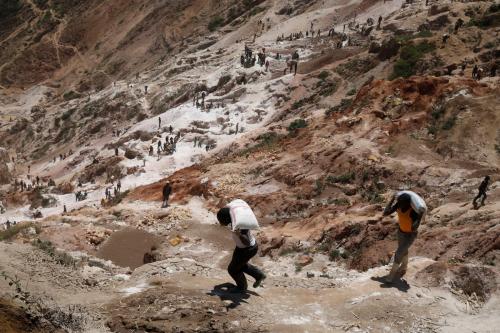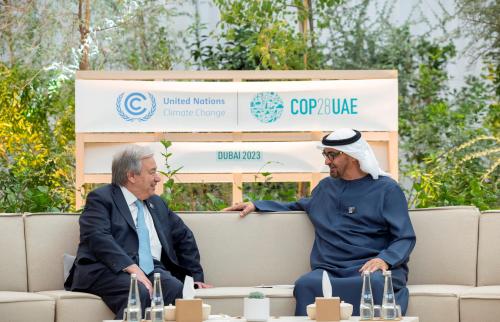By thawing ice and warming ocean waters, global climate change is rapidly and drastically altering not only the Arctic’s unique environment, but also the economic and political dynamics among Arctic and non-Arctic states alike. This has primarily been stimulated by opening the region to unprecedented commercial opportunities, including the establishment of new shipping routes and expanded natural resource development and energy production. On June 13th and 14th, Brookings Nonresident Senior Fellow John Banks and I traveled to Helsinki and Lapland to explore the changing geopolitics of the High North through a Finnish lens, with a particular focus on the role of governance frameworks for offshore oil and gas exploration and development. Through bilateral meetings with government officials, briefings by a range of academics and industry experts, and a tour of an ice breaker – all organized in association with the Finnish Institute for International Affairs – we surveyed the implications of melting arctic ice for Finland’s economy and, more generally, for a region without streamlined offshore exploration and drilling regulatory infrastructure.
Timo Rautajoki, President of the Lapland Chamber of Commerce, and researchers at the Arctic Centre of the University of Lapland, projected investment flows into northern Norway, Sweden, Finland, and Russia to total somewhere between 100 and 120 billion Euros by 2020 and 162 billion Euros by 2050. Half of these expenditures are expected to be channeled towards oil and gas activities (and attendant infrastructure), and the remainder towards mining, transport, and wind projects. In Finland, prospects for large wind and biodiesel projects as well as an LNG import project at Tornio in the Gulf of Bothnia substantially brighten the country’s economic future. Indeed, the region’s economic prospects have darkened in the wake of Nokia’s decline in global competitiveness and have stalled nuclear power projects in northern Ostrobothnia. With the assurance of financial support and an economic “road map” from the government, key Finnish industrial players stand poised to fully harness the potential of natural resource reserves in the Finnish North.
…the economic significance of the Arctic region is growing exponentially, and the Finnish government needs to reflect on these paradigm shifts in its new policy formulation.
However, Finland’s newly drafted Arctic policy disappointingly overlooks the critical role of business in the High North, as well as the tremendous growth forecast for business across the region. The era of a Finnish North policy centered on the protection of the Sami people and the environment has ended; the economic significance of the Arctic region is growing exponentially, and the Finnish government needs to reflect on these paradigm shifts in its new policy formulation. Representatives from Aker, an Arctic technology company, emphasized that the Finnish policy must engage the business community to ensure both economic stability and adequate protection of the environment. John and I further concluded that any successful and environmentally conscious development of Arctic resources hinge not only on strengthened relationships between the private and public sectors of Arctic states, but also on increased legal and regulatory coordination among Arctic states themselves. This will consequently allow for enhanced regional economic integration.
These dialogues prompted us to evaluate the role of the Arctic Council in navigating the uncharted waters of new Arctic offshore oil and gas opportunities and in coordinating regional offshore governance. The Council’s ability to harmonize offshore regulations across Arctic states with disparate approaches to offshore operations (those of Russia were cited by several informants as particularly problematic), as well as across the ever-expanding legion of non-littoral states vying for a piece of the offshore action, is by no means universally acknowledged.
Some experts expressed concern that “binding documents” and broad platforms for transportation, drilling, and other offshore issues would either be reduced to the “lowest common denominator” or create rifts among Arctic states.
Some experts expressed concern that “binding documents” and broad platforms for transportation, drilling, and other offshore issues would either be reduced to the “lowest common denominator” or create rifts among Arctic states, others like Kamrul Hossein, a senior researcher at the Northern Institute for Energy and Minority Law, presented the Arctic Council as an optimal vehicle for forming transnational linkages. According to him, it is a viable platform to replace broad agreements that encompass several industries.
One of the central criticisms of the Council we confronted was its dependency on consensus and its resultant inability to act swiftly. This issue will only be exacerbated if new members continue to be admitted. This obstacle has raised several interesting questions about the future not only of the Arctic, but also of the Council itself: Would the Arctic Council function more effectively if endowed with powers via a formal treaty? Should the Council build relationships with other regional players, like governance institutions or oil and gas trade associations? Which states should the Council accept in its membership, and whom should it keep at a distance?
While we left Helsinki and Lapland with these questions unanswered, such challenges left us eager to continue to contribute to the vast body of Arctic research at Brookings, and earnest to observe how these questions are addressed by the United States as it assumes Arctic Council leadership in 2015.




